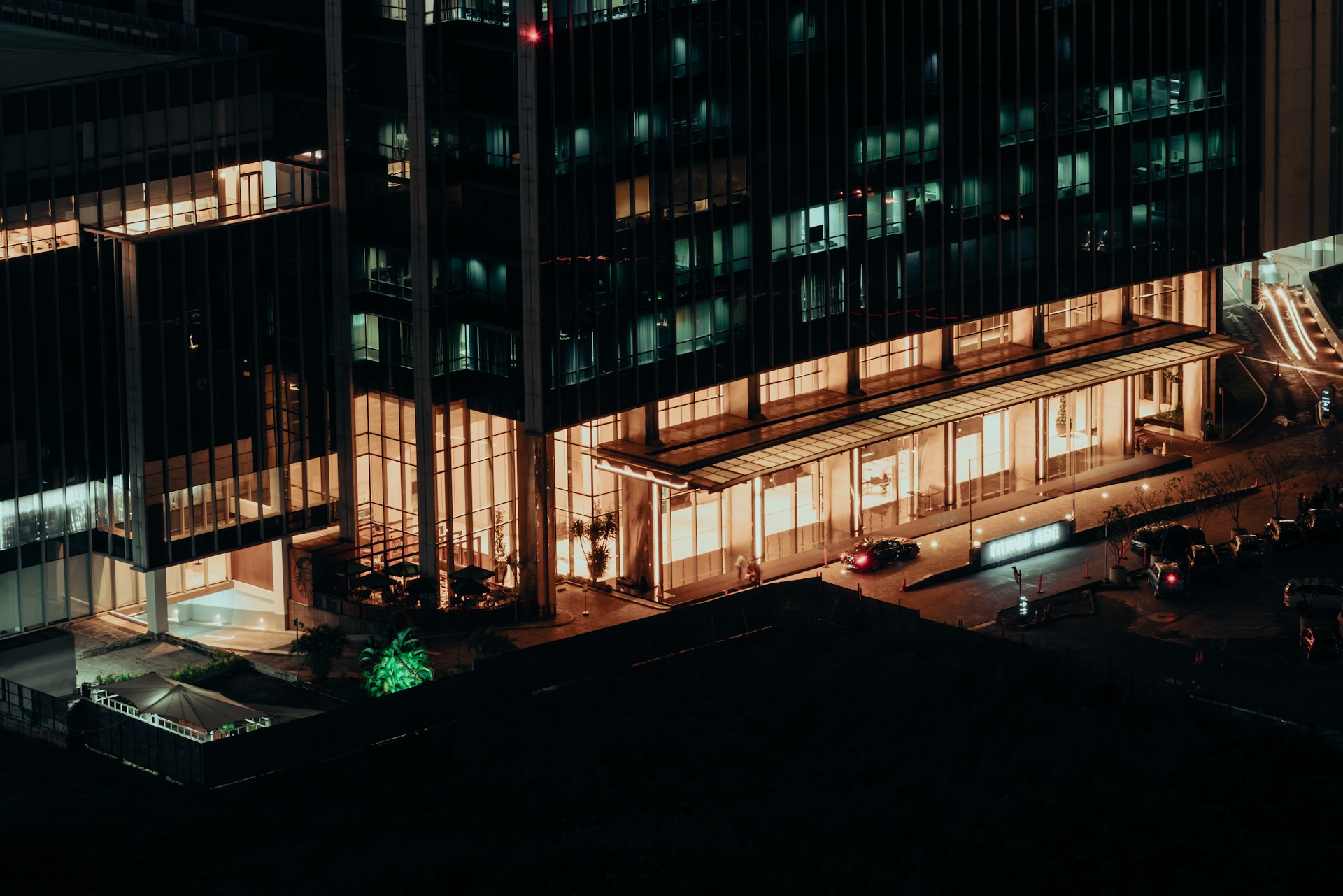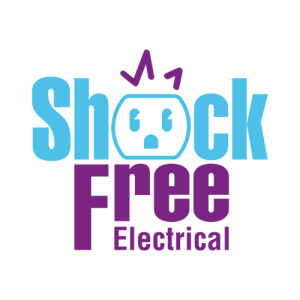Power reliability takes centre stage when planning or maintaining a multi-story office building. From computers and HVAC systems to elevators and emergency lighting, every floor depends on strong and consistent electrical support. One short circuit or outage can affect not just one room, but hundreds of people across several floors. With stakes that high, it’s worth putting serious thought into how power moves through, and is managed in, tall buildings.
That’s where the right partner comes in. A commercial electrical contractor plays a big role in digging into each building’s unique power needs. No two office buildings are alike. Some may house legal offices with heavy workloads during the day. Others may have mixed use — think coworking spaces, restaurants or call centres that operate around the clock. For businesses in St. John’s, NL, this article explores how to manage those needs safely, efficiently and in line with local standards.
Understanding the Electrical Needs of Multi-Story Office Buildings
Office buildings with several floors have more than just a few extra wires. The electrical load is heavier and must be distributed carefully from one level to the next. With so many parts to think about — lighting, HVAC, internet infrastructure and backup power — planning the system in advance helps avoid major issues later.
Here’s what these buildings usually require:
– Reliable main power feeds that support the full expected usage, including for future growth
– Safe and code-compliant panelboard installations on each level or area
– Strong grounding and bonding systems for peace of mind during storms or disruptions
– Smart load balancing to reduce strain during peak use hours
– Clear routes for cable management and future upgrades
What works for a two-level open concept space likely won’t cut it for a twelve-storey downtown tower. That’s why it’s important to build an electrical plan around the type of tenants, the volume of foot traffic and hours of operation. For example, a law office with sensitive records and strict client confidentiality might need extra attention on backup systems and controlled access. Meanwhile, an office filled with tech start-ups may call for higher data and server demands.
Then there are the rules. Electrical work in multi-story buildings must follow both national and local guidelines. These codes exist to protect both people and property. Planning around them from the start cuts down on costly fixes and delays during inspections.
A commercial electrical contractor with experience in St. John’s is familiar with cold-weather considerations, local materials, and the typical building layouts seen in the area. That knowledge helps shape smarter solutions that fit both the space and the local standards.
Power Distribution Strategies for Multi-Story Buildings
Once the needs of the building are understood, it’s time to figure out how to distribute the power. There are two main ways to do that: centralized and decentralized systems.
1. Centralized distribution:
– All power flows from a single main area, often in the building’s lower floors or basement
– This setup can be easier to monitor
– Repairs or updates might affect the whole building, even if the issue is small
2. Decentralized distribution:
– Power is split across multiple electrical rooms or panels located on different levels
– Easier to isolate and fix issues in one part of the building without cutting other areas off
– Great for buildings with mixed-use spaces and changing layouts
There’s no one-size-fits-all answer. The best approach balances reliability and practicality based on how the building is used. High-rise buildings often lean toward decentralized systems because of the sheer volume of equipment on each floor.
Transformers and switchgear also play a major role. They help move energy safely and adjust voltage depending on where it’s headed. Choosing the right transformer size protects equipment and helps the system run better overall.
Don’t overlook the importance of backup systems. Tools like gas-powered generators or battery-run uninterruptible power supply (UPS) units help keep lights, data, security and elevators running when the grid goes down. For many office buildings — especially those hosting essential businesses — that backup can’t be optional. It’s part of being ready for anything, including weather events like winter storms in St. John’s where outages happen more often.
Advanced Technology and Energy Efficiency
Office buildings across St. John’s are starting to lean on technology to improve electricity use and reduce long-term costs. Smart tech now shows up in everything from lighting to HVAC control. It helps building managers track energy use, catch issues sooner, and cut back on waste without extra effort once it’s set up.
Energy-efficient upgrades can be simple or more involved. Sometimes it’s just a matter of replacing outdated bulbs with LED lighting. Other times, it involves installing wide-scale automation across systems like heating, cooling and security. LEDs use less power, produce less heat and last longer — all helpful features across several stories and hundreds of fixtures. When paired with smart sensors or timers, they ramp up the building’s efficiency even more.
Some energy-smart tools to consider include:
– LED lighting paired with occupancy or daylight sensors in common areas
– Smart circuit breakers and panels that send alerts when there’s something unusual
– Zoned HVAC systems to control climate floor by floor, based on how the space is used
– Power-off settings that shut down unused gear after hours
– Energy tracking dashboards that flag patterns and give building managers an early heads-up
Buildings are also starting to look into solar panel options or plugging into energy-sharing programs if location and structure allow. Though not always possible in every urban office setting, these additions can help relieve pressure on the main grid and offer emergency support when needed.
Keeping tenants happy matters too. Fewer disruptions, better lighting and climate control, and steps toward environmentally friendly buildings matter to tenants. Many office users look for those features when signing commercial leases. A smarter, cleaner, and more reliable system becomes something that attracts better long-term tenants and improves the reputation of the building.
Hiring the Right Commercial Electrical Contractor
When it comes to running electric systems in multi-story buildings, doing it right the first time pays off. That’s why hiring a commercial electrical contractor with the right skills and experience makes all the difference. These buildings usually come with tight deadlines, custom layouts and unique rules. A contractor who’s handled these types of projects before will be ready for it.
Start by checking licences and insurance. In Newfoundland and Labrador, commercial electrical contractors must meet strict province-wide requirements for safety and code compliance. That’s not just paperwork — it proves they’re ready to work to modern standards and pass inspections later on.
Next, look at their work history. Have they handled similar-sized buildings before? That could mean high-rises downtown, medical buildings, or complexes with mixed-use areas. Experience with shared HVAC systems, emergency lighting setups and multi-panel layouts is a strong sign they know their way around what your building needs.
You’ll also want clear communication. That means easy-to-understand bids, scheduling support, and follow-through on maintenance or changes as the building grows. Labels, documents and inspection updates should all be handled smoothly and with no guesswork.
Watch for signs that you’ve found a strong partner, including:
1. Licensed and insured for commercial work in Newfoundland and Labrador
2. Experience with multi-story high-use buildings
3. Strong references from fellow property owners or builders
4. Strong communication across other construction teams
5. Support beyond installation, including repairs and emergency response
Contractors who work regularly in St. John’s will also know how to deal with power challenges unique to the area, whether it’s salt air damage or power surges during winter storms.
Give Your Building a Better Foundation With the Right Electrical Setup
Every multi-story office building has different needs depending on the use, size, and people inside. But one thing stays the same — reliable power always matters. When it’s well planned, well installed, and up to code, the whole building runs smoother and safer for everyone who uses it.
Whether the building is full of busy tech teams, medical offices, call centres, or a blend of all these, electrical systems need to be flexible and built with tomorrow in mind. That means leaving space for higher energy needs, better data systems, and easier energy savings down the line.
In St. John’s, where power demands often shift with the seasons, getting the right systems set up early goes a long way. It cuts down on stress during emergencies and keeps tenants comfortable and confident throughout the year. Planning those upgrades now avoids more costly changes later and helps future-proof the entire property.
To make sure your office building runs smoothly and efficiently, partnering with a reliable commercial electrical contractor is key. With the unique demands of multi-storey buildings, it’s smart to have an expert who understands the specific needs of your space. Trust ShockFree Electrical, equipped with the right knowledge and experience, to ensure your electrical systems are up to standard and prepared for future growth.






